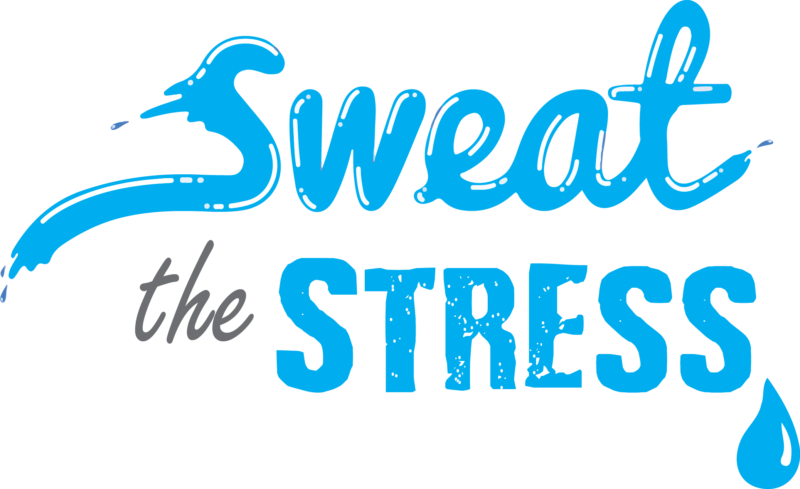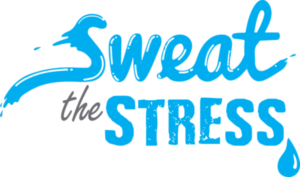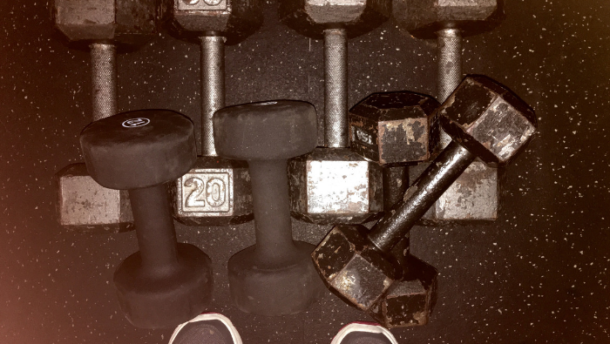Pelvic Floor, Breathing, and Postpartum Recovery

I am studying for my Pre- & Postnatal fitness certification through an amazing company called Girls Gone Strong. I am LOVING everything I am learning, it’s truly been eye-opening and I want to share as much as I can with my fellow Mamas. So we are starting with the basics and talking about how important the simple act of breathing is. Not only in recovery, but while pregnant as well.
The Connection Breath
One of the biggest takeaways in my studies has been the “connection breath.” Yep, a simple exercise of breathing that helps in SO many ways I never knew (and wish I knew right after I had my son). It’s a breathing method that allows you to learn how to breathe while relaxing and contracting the pelvic floor. Basically, connecting the upper part of your body with the lower part or your core. It integrates the deep core and the pelvic floor which is exactly what you want! Why? Because the core is NOT just the abdominal muscles and NOT just the pelvic floor muscles. The core consists of the diaphragm (breathing muscles), the abdominal muscles, the back muscles that support the spine, and the pelvic floor muscles. They all function as a unit and the connection breath teaches you how to breathe as a unit.
During pregnancy, the connection breath is helpful for these reasons:
- To ensure your core and pelvic floor are functioning together to stabilize your core during strength training exercises
- It lays the foundation to perform kegels (a pelvic floor exercise that can help prevent incontinence)
- To train the core and pelvic floor to labor a baby when that time comes. Any little bit helps!
Postpartum, the connection breath is important for these reasons
- To help retrain the motor patterns of your core. During the latter part of pregnancy, we tend to expand our chests to breathe because our diaphragm does not have the space and our ribs can’t fully expand (that little one takes up just a bit of room!). Thus, learning to breathe by connecting your core and pelvic floor is important.
- It can help heal diastasis recti (separation of the abdominal muscles) which is a common occurrence and diagnosed by a medical professional. More about that in a separate blog post.
How do you perform a Connection Breath?
I turn to (and trust) Girls Gone Strong for guidance on how to perform a connection breath. The first video is longer and provides a great explanation and demonstration of how to perform a connection breathe while pregnant. The second (and shorter) video can be used as a reminder of how to do it. This is something you can start doing anytime, whether you are pregnant, just had a baby, or you are a few years postpartum. I recommend starting with 10 breaths 4-5 days a week until you are comfortable with this method of breathing.
So What is the Pelvic Floor?
I’ve mentioned this term quite a few times while explaining the connection breath and want to go into a little more detail. Basically, the pelvic floor is a group of muscles and connective tissue that sit inside the pelvis and control essential functions such as:
- Good bladder and bowel control. If you’ve heard of or experienced peeing in your pants involuntarily post pregnancy, it’s called incontinence and the pelvic floor has a big role in it. I’ve met so many women who struggle with this so if you are one of them, you aren’t alone! AND you can get help for this from a pelvic floor therapist.
- Support for all internal organs
Pelvic Floor muscles also
- Are part of the deep stabilizing system (your abs and pelvic floor are active in most all activities)
- Respond to breathing and changes in intra-abdominal pressure
- Are affected by pain and emotion (I find this incredibly interesting!). Think about when you get stressed and subconsciously clench your jaw or tense your shoulders, these reactions can happen subconsciously in the pelvic floor as well. Interestingly, pelvic and low back pain can occur from excessive squeezing of these muscles.
Why do you want to connect the pelvic floor and your core while breathing? Why practice the connection breath?
Let’s put it all together! It comes down to proper core training and ultimately creating a foundation for healthy and pain-free movement. When we get the whole system working together (meaning your entire core), we get access to our deep central stability system or our deep core. Then we can properly use our core while performing exercises like a squat, row, push-up, etc. My goal in this post is to introduce the connection breath and explain the importance but if you are interested in learning more about how breathing works with exercise, I found this article to be super helpful!
There is so much to discuss when it comes to the pelvic floor and the core! But for this post, I wanted to focus on providing a basic overview of the connection breath and give you something you can start doing at anytime to help your body adjust to all the changes going on.
There is SO much more for us to learn about our bodies and this certification has opened my eyes to all the things most of us first-time moms don’t know. I feel that there is a HUGE gap in women’s healthcare regarding our postpartum recovery and I plan to keep learning and soaking up as much information as I can. Recovering from a C-section was a painful process for me and two years later, I’m still dealing with painful low back and hip pain that really makes me question why I wasn’t given proper guidance on how to heal. Instead, I was just told I was “cleared” at my six week postpartum check up and can go back to doing what I did before. I just don’t think that’s acceptable after having major abdonimal surgery. There needs to be a lot more guidance from our doctors or at least a referral to someone (like a pelvic floor therapist) who can help make sure we heal properly. So, my journey continues and I look forward to sharing more with you but until then, just BREATHE!
*If you would like to find a pelvic floor therapist/pregnancy & postpartum specialist to help with any struggles you are having, this is a great resource to begin your search.
*The key points in this post are from the amazing information I am learning in my Girls Gone Strong certification so I give them all the credit. If you are a trainer looking to specialize in pre & postnatal fitness, I highly recommend getting your certification through them!



Recent Comments